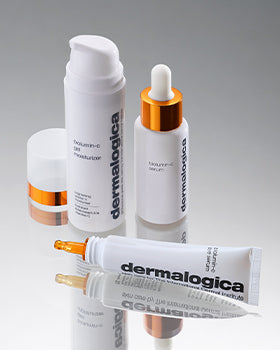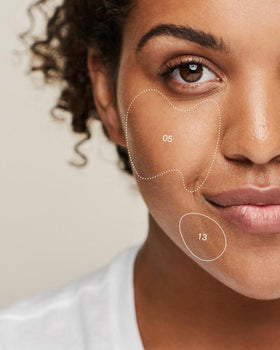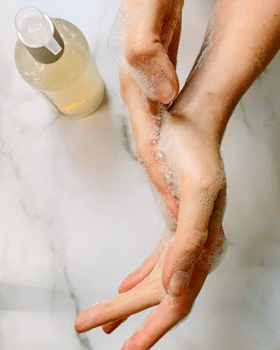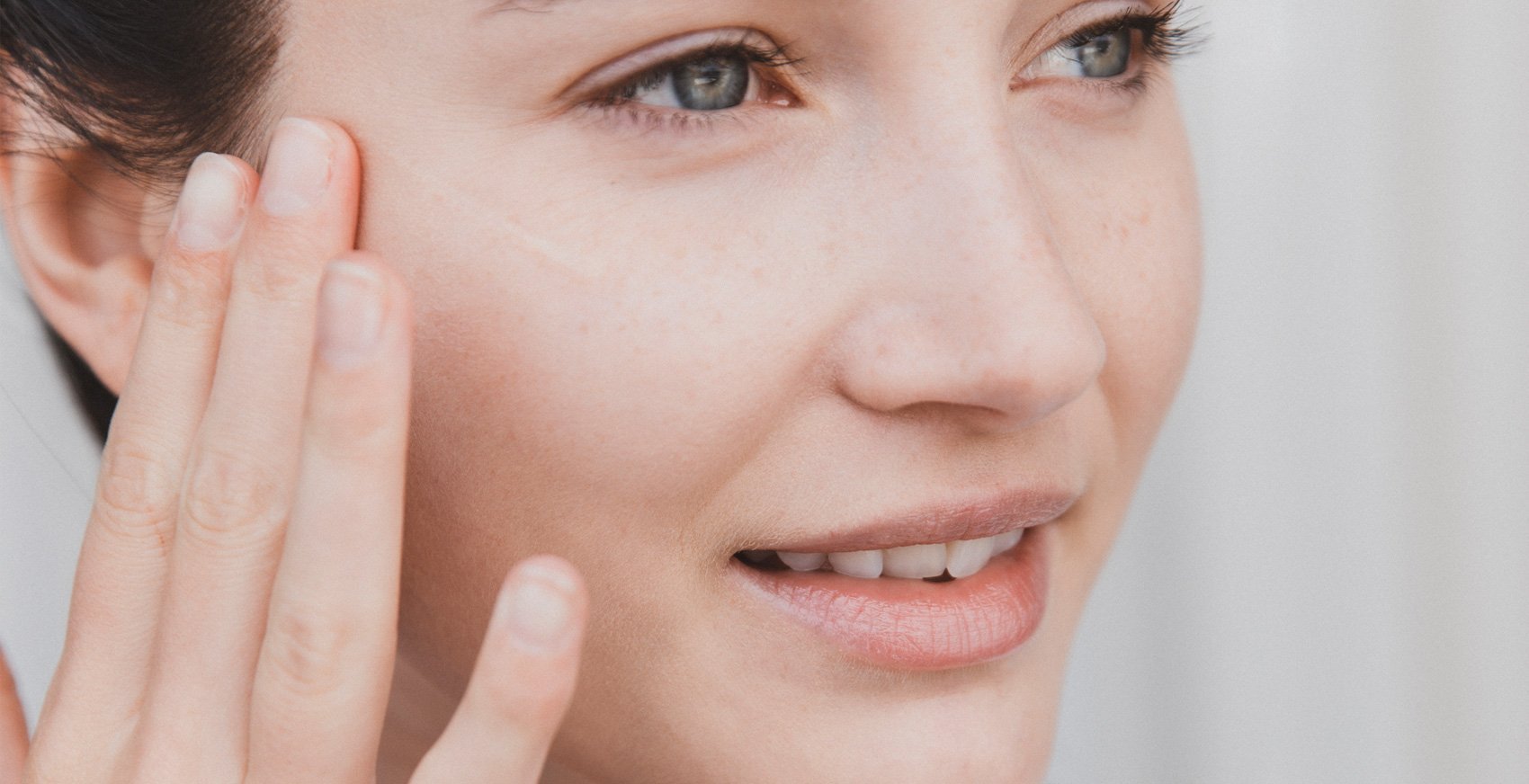Identify your skin type so you can find the right skin care products for your unique needs.
Want to perfect your skin care routine but don’t know where to start? The first step is identifying your skin type! Use our tips below to figure out where your skin falls so you can shop accordingly.
Sensitive Skin
People with sensitive skin are genetically predisposed to a thinner lipid barrier, which is the skin's way of protecting itself from irritants. Sensitive skin may also be sensitised, which means that your lipid barrier is being compromised by your environment or lifestyle (i.e. climate, spicy foods, etc.)
Signs of sensitive skin:
- It appears delicate, thin or translucent
- Redness or blotchiness, with a tendency toward rosacea
- Flushing, itching, or burning sensations – a sign of over-reactive capillaries
Dry or Dehydrated Skin
There is a difference between dry and dehydrated skin, but they both often feel the same. Dry skin typically lacks oil while dehydrated skin lacks water.
Signs of dry or dehydrated skin:
- Flaking and/or itchiness
- Tightness and/or dullness
- Absorbs moisturiser quickly
Oily Skin
Oily skin occurs from excess production of sebum (oil). It's often unclear what causes oily skin because sebum production is influenced by everything from genetics and hormonal activity to your environment and lifestyle.
Signs of oily skin:
- Shiny complexion
- Pores appear enlarged
- Skin texture is greasy or congested
Ageing Skin
Everyone ages, but some people have more noticeable signs of ageing on their skin than others. This is often because of environmental and lifestyle factors, which can accelerate your skin’s visible age.
Signs of ageing skin:
- Dark spots, fine lines, wrinkles
- Dullness
- Loose, crepey texture
Breakout-prone Skin
Whether it’s from genetics, chronic stress, hormones, lifestyle habits, pollution, diet, or all of these factors, breakout-prone skin is usually identified by chronic, recurring breakouts.
Signs of breakout-prone skin:
- Red, inflamed bumps and uneven texture
- Excess oil or congestion
- Scars from previous breakouts
Combination Skin
Combination skin looks shiny and feels dry, all at the same time. Having skin that produces excess oil and experiences dehydration may seem daunting, but it’s all about balance!
Signs of combination skin:
- Oily or dull-looking T-zone (forehead, nose and chin)
- Cheeks and under-eye areas feel dry
- Skin seems oilier in hot weather and drier in cold weather
pro tip: your skin changes with the seasons
Hopefully the above tips helped you identify your skin type, but don't stop there! Your skin’s behaviour changes throughout your life, depending on your health, environment and lifestyle. For personalised advice on what's happening with your skin right now – and how to keep it in its best shape – get a Face Mapping skin analysis and connect with a Dermalogica Skin Therapist.



